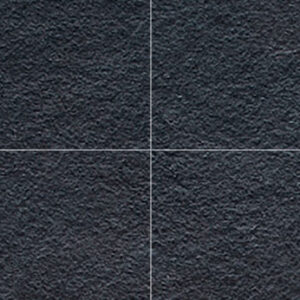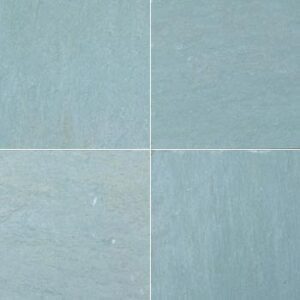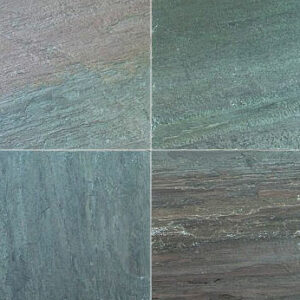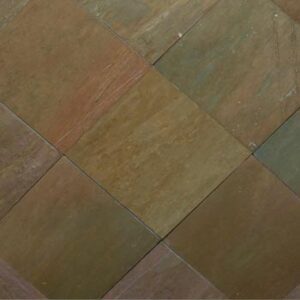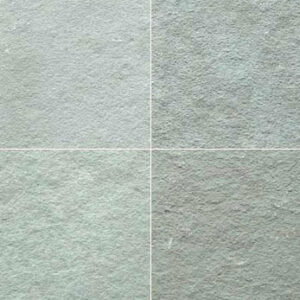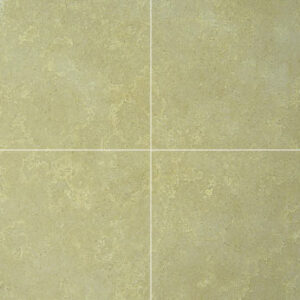South Limestone
All about Limestone
Limestone is one of the most common types of rock found on the surface of the Earth. About 10% of the land surface of our planet is made of limestone or similar types of rock; while around 25% of the world’s population either live on or take their water from limestone. It is thought that 50% of all our oil and gas reserves are trapped in limestone buried beneath the surface. LIMESTONE is calcareous sedimentary rock composed of the mineral calcite (CaCO3), which upon calcination yields lime (CaO) for commercial use. In its broadest interpretation the term includes any calcareous material such as marble, chalk, travertine, tufa, limeshell, coral and marl each possessing different and distinct physical properties.
In nature, the limestone bed is found to occur in varying purity, generally a part of the calcium molecules being replaced by magnesium tending towards magnesium limestone or dolomitic limestone. Limestone with more than10% of mineral dolomite is termed dolomite limestone, and that with 5 to 10%, magnesium limestone.
Limestone is a beautiful stone and is available in many different colors and shades ranging from white, cream, tones of blues, greys, tans and even dark blacks which occurs when there is a high content of organic material. When yellows and browns are prominent there is a high content of iron oxides.
Strong, hard wearing and sturdy, when properly sealed, Limestone can be used to enhance the look of any room in your home and is always the Interior Designers’ stone of choice.
Limestone is especially popular in architecture, and many landmarks around the world are made primarily of the material. Limestone is readily available and relatively easy to cut into blocks or more elaborate carving. It is also long-lasting and stands up well to exposure.
Showing all 6 results


